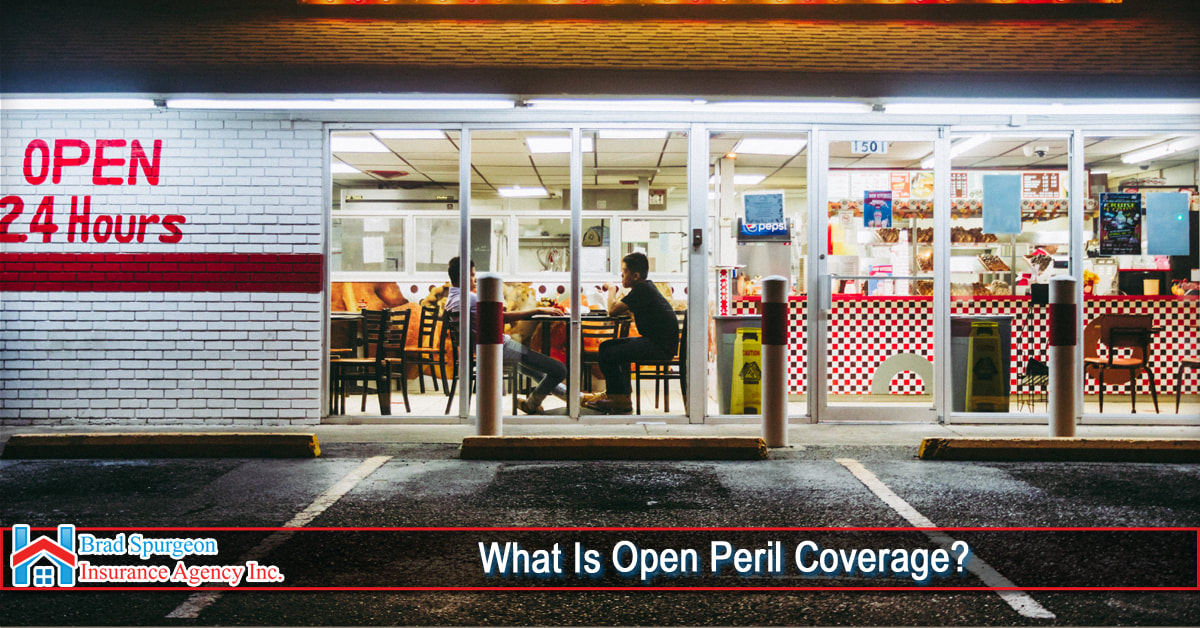Perils are defined as an event that could cause damage or loss to your home or property in your insurance coverage. It includes human-made or triggered incidents like fire, theft, vandalism, and many more. Hence the existence of peril coverage, which is supposed to protect your home and other properties from these disasters.
However, there are two common peril coverages: open and named. This article will help you get deep into their definition and differences.
Often called an all-risk coverage, open perils coverage is a form of home or property insurance. It shields against almost every damage except those excluded in the policy.
Even though dubbed as something that covers “all” risks, there are still some exceptions. And your insurance company surely discussed with you all the exceptions. For a simple refresher, the following incidents are excluded in open perils coverage:
- Flood.
- Mudslides.
- Sewer backups.
- Power outage.
- Rust and corrosion.
- Mechanical breakdowns.
- Earthquakes.
- Boiler explosions.
- Employee theft.
- Fungus damage.
- Pests or animals.
- Pollution.
Most of these mentioned above are natural disasters or are considered unavoidable.
Difference Between Named Perils and Open Perils
If you’re on the lookout for perils coverage, the two you will encounter the most are open perils and named perils. While the previous claims to be an all-risk and covers nearly every possible damage or loss, named perils are limited. Named perils only pay for specific perils mentioned in your plan. Hence it’s less expensive.
Aside from coverage and price, what open perils has that separates it from the latter is that it’s not up to you to provide proof. For named perils, you have to be the one to provide your agency evidence that the listed perils caused damage. If you fail to provide, you have to shoulder the expenses.
However, the latter reason is just a matter of convenience. Choosing between the two depends on how high-risk you think your properties are. If you think you’re more prone to damage, open perils coverage is better. But, if not, named perils can already do the work.
Conclusion
The key differences between named and open perils coverage are price, convenience, and risk coverage. Thus, the decision of which one’s better will only be decided by you.
At Brad Spurgeon Insurance Agency Inc., we aim to provide comprehensive insurance policies that make your life easier. We want to help you get the insurance that fits your needs. You can get more information about our products and services by calling our agency at (409) 945-4746. Get your free quote today by CLICKING HERE. The coverage discussed in this article is not guaranteed. Please call our agents, we are happy to help you learn more about your plan and make sure you have the coverage you need.

